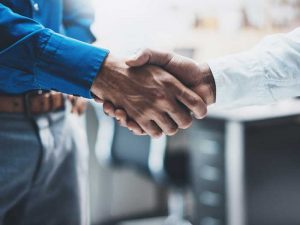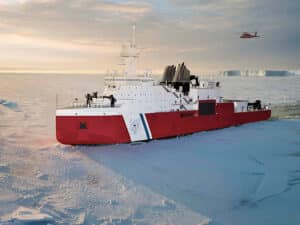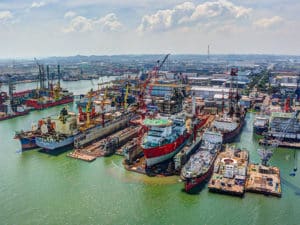HOS selects shipbuilders for massive newbuild program
Hornbeck Offshore Services, Inc. (NYSE: HOS) says it has executed definitive contracts for the construction of sixteen high-specification offshore supply vessels. Deliveries will take place between the second quarter of 2013 aand



